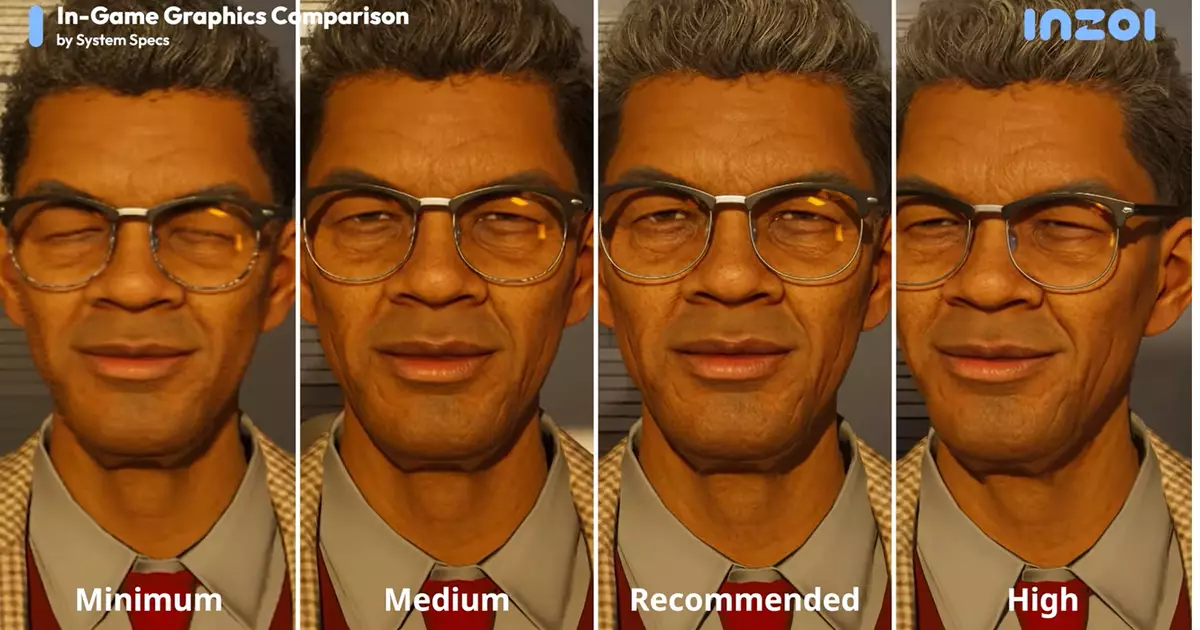The gaming landscape is forever evolving, and at the forefront of this change is *inZOI*, an ambitious neighborhood and life management game developed by Krafton. As players familiar with simulation games know, titles like *The Sims* set a high bar with their engaging life-simulation mechanics. However, *inZOI* attempts to carve its niche by integrating cutting-edge generative AI technologies to redefine player experience. This innovation is both exciting and warrants careful consideration, making it a focal point of discussion among the gaming community.
The Impact of Generative AI in Gaming
Generative AI has become a double-edged sword in the world of gaming. While it holds the potential to unlock unprecedented creativity and customization, it also raises serious ethical concerns. In the context of *inZOI*, players can utilize text, images, and videos to personalize their experience, shaping everything from outfits to dynamic interactions with their virtual pets, affectionately dubbed “Zois.” Herein lies a significant concern: the uncanny realism that generative AI can create may lead to disconcerting experiences.
When engaging with *inZOI*, one might feel a tension between reality and simulation. The so-called ‘small machine learning’ employed in the game attempts to mimic thoughts and actions of characters, but does it truly capture the depth of human emotion? The essence of life simulation games lies in their ability to evoke genuine feelings of connection with virtual beings. If these characters border on the unsettling, as many early trailers have suggested, it risks alienating players rather than drawing them into a vibrant, interactive world.
Visuals That Inspire Unease
One of the more striking aspects of *inZOI* is its photorealistic visuals. While some players may commend this aesthetic, others, including myself, find it somewhat haunting. The promotional materials overwhelmingly feature Zois who resemble fashion models, raising questions about representation in gaming. It’s challenging not to feel as if you’re trapped with lifelike mannequins—an unsettling experience that could detract from the overall enjoyment.
Furthermore, in an era where diversity and realistic portrayals are vital for inclusivity, the game’s reliance on stereotypical beauty standards feels regressive. It’s essential for developers to broaden their scope to present a more varied representation of characters, embracing the imperfections that make humanity unique. Beauty should not come at the cost of authenticity.
The Technical Heavyweight Challenge
Another critical aspect of *inZOI* is its demanding system requirements. The engine powering the game, leveraging Unreal technology, necessitates significant hardware performance. Though developers have indicated a commitment to optimizing the gameplay experience for a wider audience, the reality remains stark: not every player will have the means to fully immerse themselves in this visually arresting world. The proposed dynamic adjustment of settings is a step in the right direction. Still, one cannot help but yearn for a nostalgic “potato mode.” Such a feature could provide a unique aesthetic, revealing an unconventional art direction and fostering creativity.
As players, we often find beauty in the flaws of lower-resolution graphics. The charm of titles with reduced specs frequently leads to unexpected discoveries about gameplay mechanics and narrative design. Just as in the case of *Hardspace: Shipbreaker*, the crude rendering can evoke a raw art form that redefines the player’s focus and engagement. Why should we shy away from this exploration? In an age where hyper-realism dominates, we should cherish the creative freedom to embrace simpler realities.
Pushing the Boundaries of Gaming Experience
As *inZOI* inches closer to its early access launch, it embodies the tension between innovation and tradition. The potential for generative AI to revolutionize how we interact with digital lives is immense. Nonetheless, it demands an ethical framework ensuring that creativity does not eclipse authenticity and humanity.
For avid gamers and enthusiasts, the road ahead is one of anticipation, tempered by caution. Will *inZOI* successfully navigate these challenges, or will it find itself entangled in the very intricacies it aims to master? The unfolding narrative promises to be as rich and colorful as the pixelated worlds we cherish. As we stand on the brink of this new era, one question remains: how far can we push the boundaries of our virtual existence while retaining the spark of genuine human connection?

